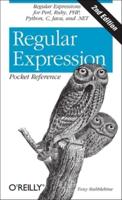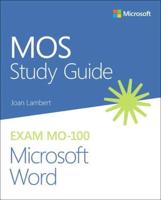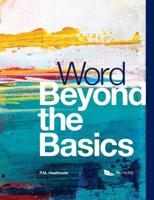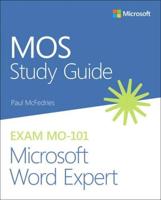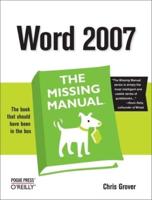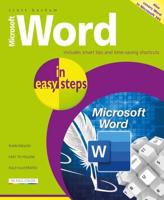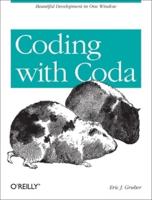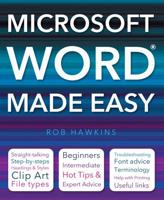Publisher's Synopsis
Microsoft Word is a full-featured Word Processor used to create and design documents such as letters and memos. Since it is a tool we use on a daily basis, it is important to take advantage of time-saving tips and ways to improve efficiency. Using Microsoft Word to its fullest extent can provide a professionally structured layout to communicate messages with creditability and accuracy. Furthermore, effective documents must have a professional look and layout. Therefore, if you are building a large document containing Chapters, Table of Contents, Index, and Legal Citations, this Step-By-Step Workbook will provide the knowledge necessary to implement capabilities for communicating effective messages. The book is divided into two sections:
Creating A DocumentChapters 1-14 will help you understand features needed to enhance a document. This manual will cover in-depth how to manipulate text using Characters, Paragraphs, Indenting, Date, Time, Number, and Bullets. You will also be able to edit documents, as well as enhance their appearance and print them in a variety of formats. Additionally, creating a new document using a Template is a quick method to get started. Plus, using different viewing layouts and methods of navigating will increase productivity and learning. This manual will also demonstrate diverse ways to insert and use graphic images within a text. Applying Word Wrap features will also allow text to flow around images. Finally, you can use Spell Check, Grammar, Contextual, Smart Lookup spelling tools to find and correct wording and spelling issues. Large Documents
Because there are unique challenges faced with very large documents due to the consistency of Headers, Footers, Chapter Names, Indexes, Table of Contents, and many other Large Document challenges. Chapters 15-24 will allow you to enter special commands and build a long document structure. You will also learn how to create Tables, insert rows/columns, add borders, backgrounds, merge cells, combine cells, and convert text to a Table. As text is entered, a Page will Break automatically, or you can insert a specific code to Break the Page such as Section Break, Odd Page Break, and Column Break. Placing Headers and Footers on each page can finalize a document for printing, but you may want the chapter header to be different for each chapter. Therefore, this manual will cover how to use Page Breaks to stop formatting between pages to allow one page for Landscape and the next page to switch back to Portrait. Also, specific pages can be split into Multiple Columns to provide a Newsletter Style layout. We will also explain how to use the Draft View and Show/Hide marks to see hidden codes such as Page Breaks and Index markers. Furthermore, Styles will allow you to define a specific format in order to create titles, generate a Table Of Contents, and provide consistency for text. We will also cover adding an Index and other References for legal documents at the end of a document. Also, Quick Parts will allow you to store Watermarks, Cover Pages, and other objects in a library to provide quick and consistent layouts. Finally, the final project will focus on creating Large Documents including Table Of Contents, Index, Section Breaks, etc. We have also added several optional special topics to the Appendix such as Forms, Macros, and Mail Merge. How the Workbook is Designed
This Workbook contains over 200+ step-by-step practice exercises to help you get up to speed quickly and understand each concept. The commands and features are very similar to previous versions and differences are documented where appropriate. The following link is a Video Clip explaining how the courseware has been designed and how to use it most effectively.
www.elearnlogic.com/media/workbook.mp4

